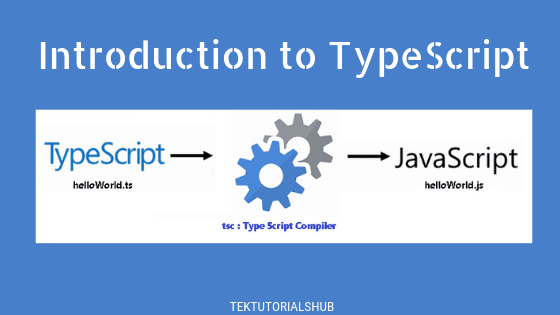In this tutorial, we will explain the Typescript Number.EPSILON property. It represents the difference between 1 and the smallest floating-point number greater than 1. It exists because not all decimal numbers can be represented accurately and exactly in the binary system.
Table of Contents
Floating-point precision problem
The computers use the binary system to store numbers and use the floating-point arithmetic, while in real-world we use the decimal system. Not all decimal numbers can be represented correctly in binary numbers.
For Example
0.1 when converted from decimal to binary results in 0.0001100110011001101. Now convert it back from binary to decimal will result in 0.1000003814697265625
The above case is similar to how 1/3 ( 0.33333) cannot be represented as accurately in decimal.
The decimal 10 is represented as 1010 in binary. Now divide 1 by 1010 and you will find out that the division goes on forever just like 1/3.
Because of the above loss of precision occurs, the strange results like the following happens
1 2 3 4 5 6 7 8 9 10 | console.log(0.1 + 0.2); console.log(0.2 + 0.4); console.log(0.2 + 0.7); //output //0.30000000000000004 //0.6000000000000001 //0.8999999999999999 |
The difference is very minute, but this definitely causes a problem when you compare two results. For Example, the following results in false rather than true.
1 2 3 4 5 6 | console.log((0.1 + 0.2) ==.3); //output //false |
Number.EPSILON
One of the ways in which to avoid such problems is to use a very small number as a tolerance for comparison. If the difference between the compared numbers is less than the tolerance, then they are considered equal.
The typescript provides Number.EPSILON static property of the Number object as predefined tolerance. It is the difference between 1 and the smallest floating-point number greater than 1.
1 2 3 4 5 6 | console.log(Number.EPSILON) //output //2.220446049250313e-16 |
If the difference between the two numbers is less than the Number.EPSILON, then they are considered equal.
1 2 3 4 5 6 7 | function numberEquals(x:number, y:number) { return Math.abs(x - y) < Number.EPSILON; } console.log(numberEquals(0.1 + 0.2, 0.3)); // true |
Summary
The conversion from a decimal number to binary is not always accurate. It can result in loss of precision. It is evident when you compare two number (ex: (0.1 + 0.2) ==.3), who are supposed to be equal but results in false. Number.EPSILON is used as tolerance for the number comparison. If the difference between the numbers is less than the Number.EPSILON, then they are considered equal.
References
Read More



A very helpful tutorial… thanks